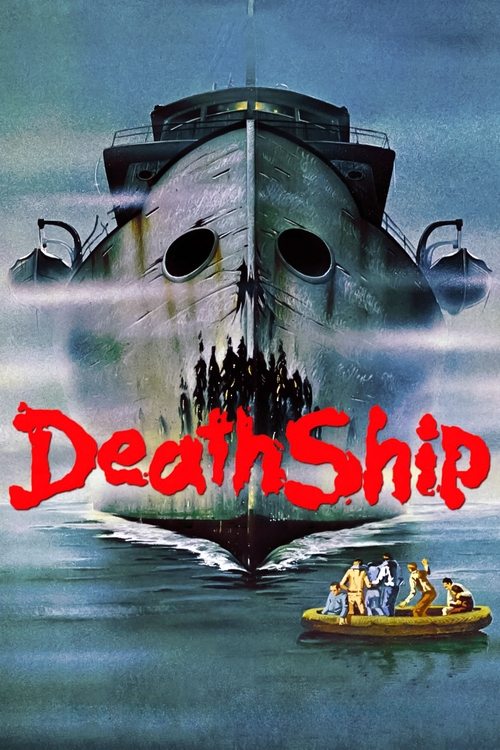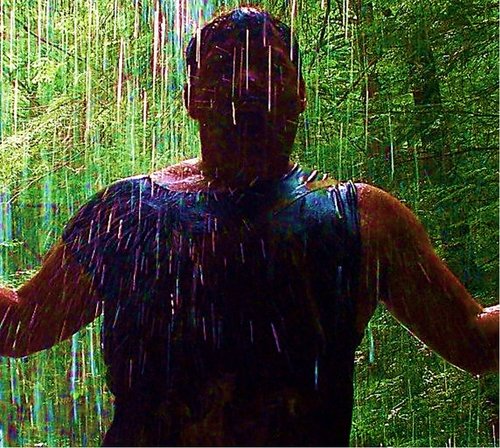
Death Ship
Released: 1980-03-07
Survivors of a tragic shipping collision are rescued by a mysterious black ship which appears out of the fog. Little do they realise that the ship is actually a Nazi torture ship which has sailed the seas for years, luring unsuspecting sailors aboard and killing them off one by one.
Adventure
Horror
Mystery
Thriller
5.2 / 142
Duration: 91 min.
Budget: $0
Revenue: $0
Trailer
Gallery
Reviews

Wuchak
Rating:6/10
***Ten people trapped on a ghostly… death ship*** A dilapidated German freighter from WW2 curiously rams a modern cruise ship and ten survivors board the mysterious vessel. But will they ever get off alive? George Kennedy plays the retiring captain of the cruise vessel while Richard Crenna appears as the up-and-coming captain. "Death Ship" (1980) takes the “Poseidon Adventure” (1972) template and adds a horror angle à la the later “Ghost Ship” (2002). But it’s the least of these and isn’t even as good as the low-budget “Ghost Voyage” (2008). Speaking of which, I didn’t view the movie until over a decade after its release and it struck me as low-budget. The constant shots of the navigation equipment and giant pistons operating on their own were particularly dubious and tiring. Seeing it again, it’s not as bad as I remember and delivers the goods as far as ghastly scenes go. Furthermore, Victoria Burgoyne has nice legs and a horrific blood bath (actually a shower). Unfortunately, the bright daytime setting of most of the film works against creating a haunting mood. “Ghost Ship” and “Ghost Voyage” didn’t have this problem. Furthermore, the way one of the ten is mysteriously hoisted up by crane cable lacked finesse in its placement, not to mention the unrealistic reaction of the other nine. But I liked the authentic defunct ship setting. The film runs 1 hour, 31 minutes, and was shot on a defunct German WW2 freighter that was a Kriegsmarine prison vessel used for torturing (how fitting). Additional footage was shot in Quebec City (I’m assuming studio work) whereas some footage was swiped from other flicks, such as the falling grand piano from “The Last Voyage” (1960), the radar sequence from “King Kong” (1976) and the giant pistons from “S.O.S. Titanic” (1979). GRADE: B-
Hover to reveal